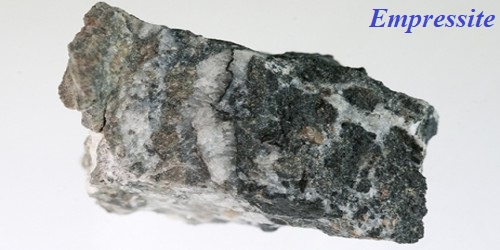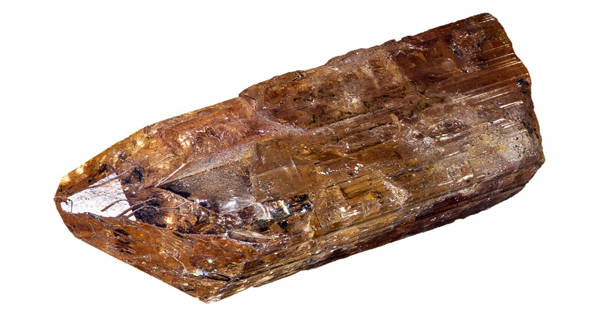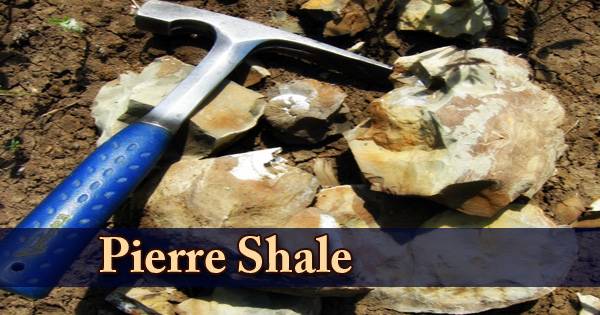Krotite is a natural mineral composed of calcium, aluminum and oxygen, with the molecular formula CaAl2O4. It was reported in 2011 in a calcium-aluminum-rich inclusion (CAI) in the carbonaceous chondrite meteorite NWA (northwest Africa) 1934, which landed in Morocco.
The CAI containing the krotite was said to resemble a “cracked egg” because its rim was crosscut by cracks filled with iron and aluminum hydroxides. It is likely that cracks on this rim of the CAI were filled with hydrated oxides as a result of weathering that occurred after the meteorite landed on Earth.
General Information
- Category: Oxide mineral
- Formula: CaAl2O4
- Crystal system: Monoclinic
- Crystal class: Prismatic (2/m) (same H-M symbol)

Fig: Krotite
Properties
Researchers have found that the mineral, which has the same atomic arrangement as a man-made component of some types of concrete, forms under low pressure at a temperature of at least 1,500 °C (2,730 °F).
- Color: Colorless
- Mohs scale hardness: 6.5
- Luster: Vitreous
- Streak: White
- Diaphaneity: Transparent
- Specific gravity: 2.94
These conditions of high temperature and low pressure are consistent with a hypothesis that the krotite grains found in the meteorite formed as high-temperature condensates from the solar nebula from which the solar system formed, approximately 4.6 billion years ago. Thus, they are likely to be among the earliest minerals formed in the solar system.
Occurrence: The mineral name was approved by the International Mineralogical Association (IMA 2010-038) and honors Alexander N. Krot, a researcher in cosmochemistry at the University of Hawaii at Manoa in Honolulu, Hawaii.
Associated minerals include perovskite, gehlenite, hercynite, mayenite, grossite, hibonite, spinel, and diopside.
https://en.wikipedia.org/wiki/Krotite
















